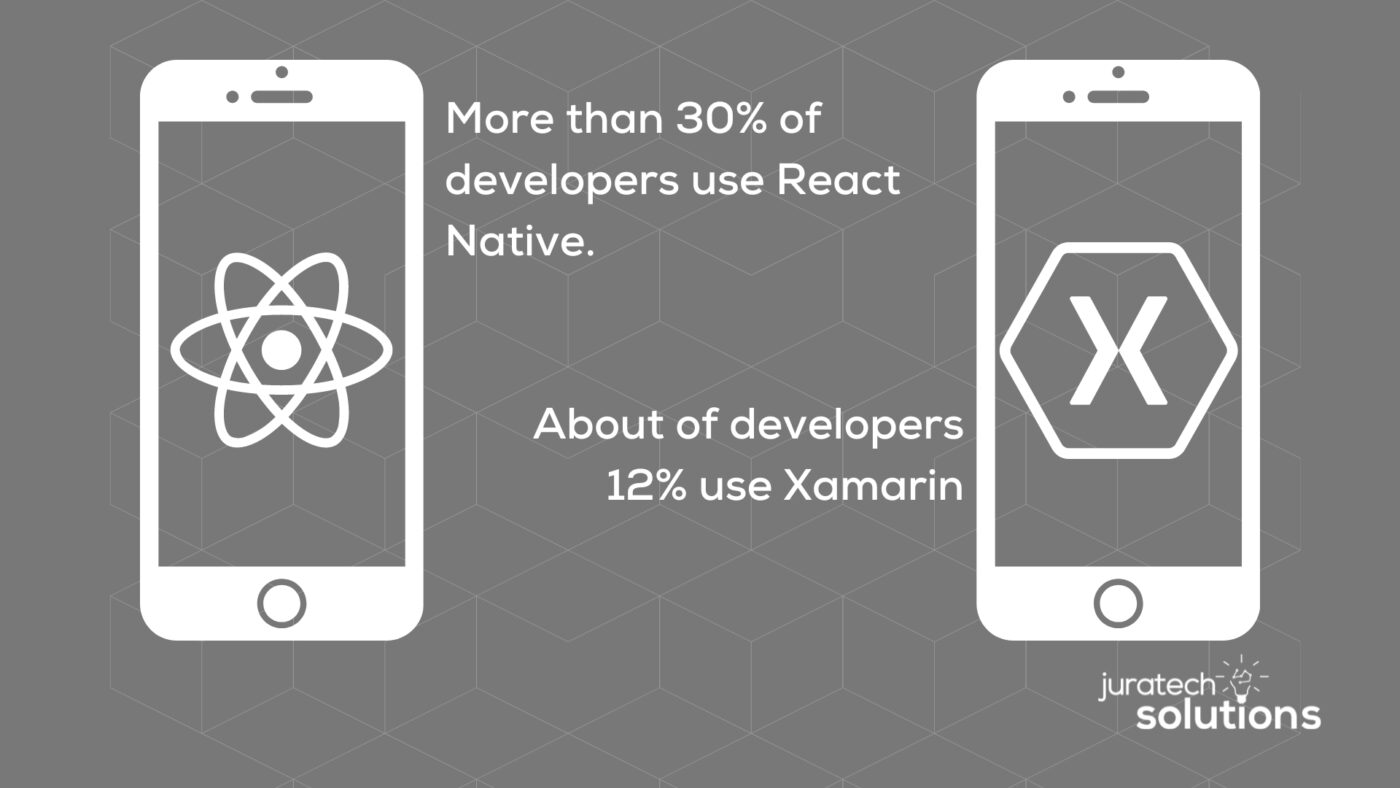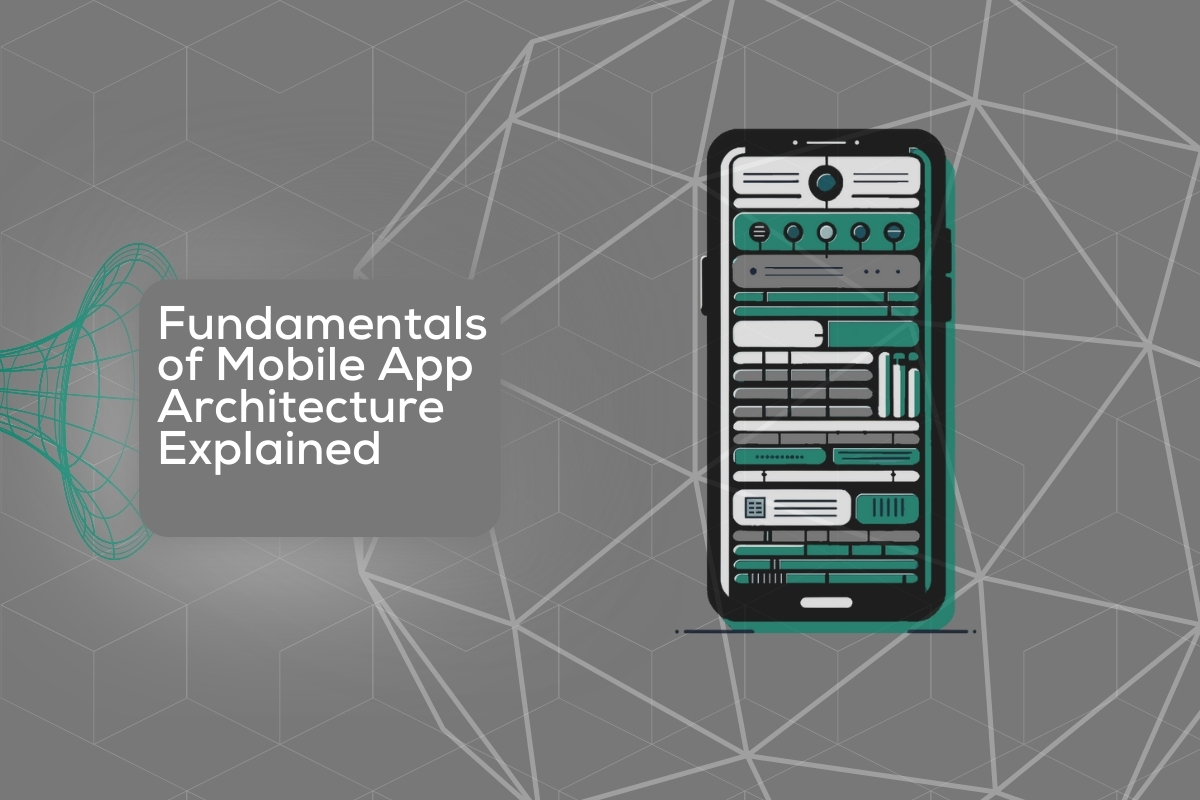Developing a mobile application in the 2024 marketplace could sound like just the right thing to do. With tech advances such as 5G, IoT, AI, and AR/VR, you’ll need a mobile app architecture to answer the competitive market. Although it’s not a cakewalk, developing will require some order and organization. So, here’s all you need to know about the mobile application architecture.
What Is Mobile App Architecture?
Mobile application architecture is the structural framework that shapes the functionality and user experience of mobile applications. Statistically, the average smartphone owner uses 10 apps per day and 30 apps each month, showcasing the immense impact and reach of well-architected mobile applications. These figures highlight the need for developers to carefully consider their software prototyping and app’s architecture to ensure it meets the high standards of today’s tech-savvy users.

Principles of Mobile Application Architecture
Rapid prototyping software development can be tricky, but building robust, efficient, and scalable apps is something you need to be focused on. At the heart of these principles lies the emphasis on creating a sustainable, maintainable, and secure framework that can adapt to evolving technological trends and user needs.
- Performance – Delivers a responsive and efficient user experience regardless of device or network conditions.
- Security – Focuses on safeguarding user data and ensuring robust authentication mechanisms.
- Maintainability – A modular codebase allows for easier maintenance and scalability.
Factors to Consider When Designing a Mobile Architecture
Did you know that the Apple App Store has more than 2.22 million apps, and the Google Play Store has over 3.48 million apps? So, when there’s an innovative app idea, you need to ensure its design is top-notch.
When designing a mobile app architecture, several key factors must be taken into account to ensure the creation of a robust, user-friendly, and efficient application. Here’s what you need to take into consideration.
UI/UX Design
The significance of UI/UX design in mobile apps cannot be overstated. An intuitively designed user interface (UI) enhances the user experience (UX) by simplifying app navigation and usability. On the flip side, a UI that lacks thoughtfulness can lead to user frustration and potentially cause users to abandon the app. The success of any online platform largely hinges on an exceptional user experience design.
Bandwidth Considerations
Around the globe, users face a wide array of bandwidth constraints, ranging from high-speed 5G to intermittent network access. This variance necessitates designing apps that are versatile in network environments, especially those that can function efficiently even on low-bandwidth networks. The app’s size and complexity must be balanced with these varying connectivity conditions.
Device Type
The diversity in device capabilities significantly influences app performance. Smartphones, for instance, typically have smaller screens and limited processing power compared to tablets, which offer larger displays and greater processing capabilities. These differences necessitate tailored approaches in UI design and app functionality to optimize user experience across all devices.
Navigation Design
The design of an app’s navigation system is a critical element that shapes user interaction. Key considerations include how users will transition between different screens, whether through menus or swiping gestures. These decisions are integral to the app’s architecture, influencing its navigational ease and overall user experience.
Real-Time Updates
In the modern context of mobile apps, the ability to provide real-time updates is increasingly crucial. With high-speed internet connections becoming commonplace and the widespread use of push notifications, users now expect immediate information updates. This expectation has shifted app design towards developing responsive, event-driven architectures.

The Three Layers You Need to Be Aware Of
A well-designed application follows three essential layers – the presentation layer, the business logic layer, and the data layer. The Presentation Layer is all about the user interface and experience, focusing on the visual aspects and user interactions with the app.
The Business Logic Layer, often considered the brain of the application, deals with processing user inputs, app behavior, and data manipulation. Finally, the Data Layer is responsible for data management and network communication, ensuring secure and efficient data handling and storage.

Hybrid vs. Native Mobile Application Architecture
Native applications are developed using the specific programming languages designated for each device platform, like Objective-C for iOS and Java for Android. These apps can fully utilize the platform’s capabilities, offering more flexibility and strength compared to other app types. Nonetheless, their complexity in construction and maintenance can make them less suitable for smaller-scale projects.
Hybrid applications are created using a mix of web technologies, such as HTML, CSS, and JavaScript, along with native code. Typically, they are simpler to develop compared to native applications, but they lack the same level of flexibility and access to specific platform features.
Hybrid apps combine the strengths of both native and mobile web apps, offering the efficiency and robustness of a native application along with the adaptability and scalability of a mobile web app.
Developed using HTML, CSS, and JavaScript, these cross-platform apps deliver a consistent experience across various platforms. Capable of functioning on browsers, native environments, and mobile apps, they provide a uniform app experience to users on the web using a singular codebase.

Cross-Platform Application Architecture
Similar to hybrid architecture, cross-platform development utilizes a shared codebase that integrates platform-specific features within each native shell. Instead of web languages, cross-platform applications depend on frameworks like Xamarin and React Native. This method provides a user experience more similar to native apps, often enhancing its appeal due to its closer resemblance to native app behavior.

Let the Professional Mobile App Development Company Help You With Application Architecture
With all the complexities a successful mobile app requires and a deep understanding of current trends and technologies, it’s quite clear why you need professional mobile app development services. Look no further than Juratech Solutions. Contact us and take the first step towards transforming your mobile app aspirations into a successful reality.







